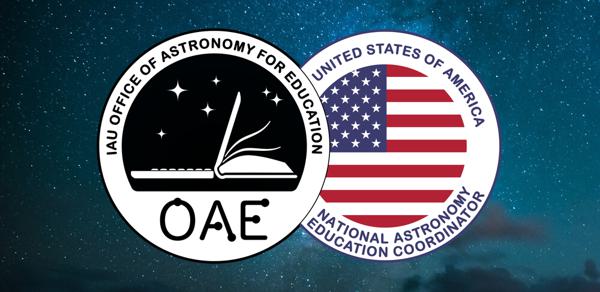Glossary term: Apolo
Description: La palabra Apolo tiene dos significados en astronomía. El primero se refiere al programa Apolo que puso a los primeros seres humanos en la superficie de la Luna. Estas misiones estaban propulsadas principalmente por el cohete Saturno V. En total, se lanzaron catorce misiones numeradas (Apolo 4-17); once misiones iban tripuladas y nueve de ellas se dirigieron a la Luna, de las cuales seis realizaron alunizajes y las otras tres orbitaron la Luna.
Por otro lado, también se conoce como Apolo a un grupo de asteroides cercanos a la Tierra, que debe su nombre al asteroide (1862) Apolo. Este grupo de asteroides se caracteriza por tener un semieje mayor superior a la distancia Tierra-Sol de una unidad astronómica (UA) y con distancias de perihelio inferiores a 1 UA. Esto significa que, durante sus órbitas, los asteroides Apolo se desplazan desde el interior de la órbita terrestre hacia el exterior de la misma, aunque estos asteroides rara vez se acercan a la propia Tierra.
Related Terms:
See this term in other languages
Term and definition status: The original definition of this term in English have been approved by a research astronomer and a teacher The translation of this term and its definition is still awaiting approval
The OAE Multilingual Glossary is a project of the IAU Office of Astronomy for Education (OAE) in collaboration with the IAU Office of Astronomy Outreach (OAO). The terms and definitions were chosen, written and reviewed by a collective effort from the OAE, the OAE Centers and Nodes, the OAE National Astronomy Education Coordinators (NAECs) and other volunteers. You can find a full list of credits here. All glossary terms and their definitions are released under a Creative Commons CC BY-4.0 license and should be credited to "IAU OAE".
If you notice a factual or translation error in this glossary term or definition then please get in touch.
Related Media
Apollo 11 lunar activity
Credit: NASA/Project Apollo Archive credit link
License: PD Public Domain icons









